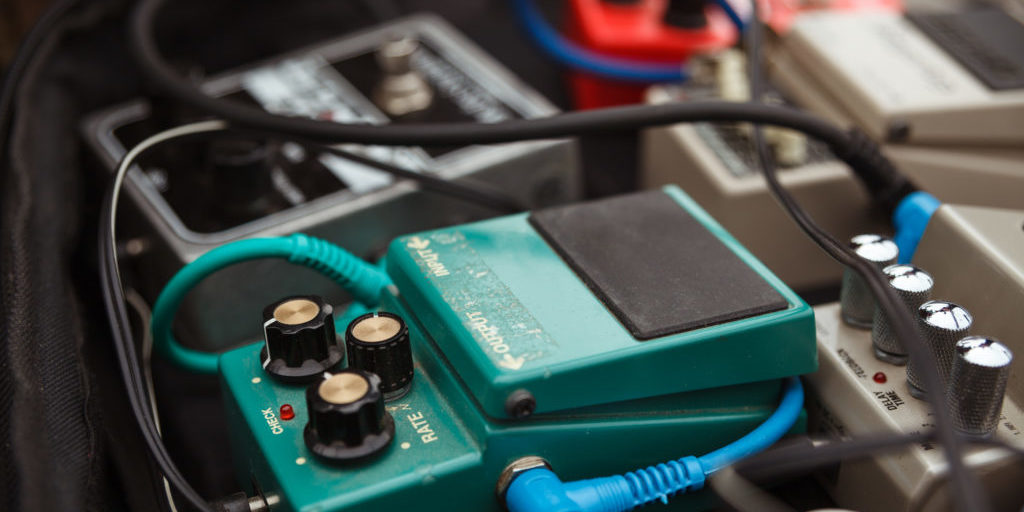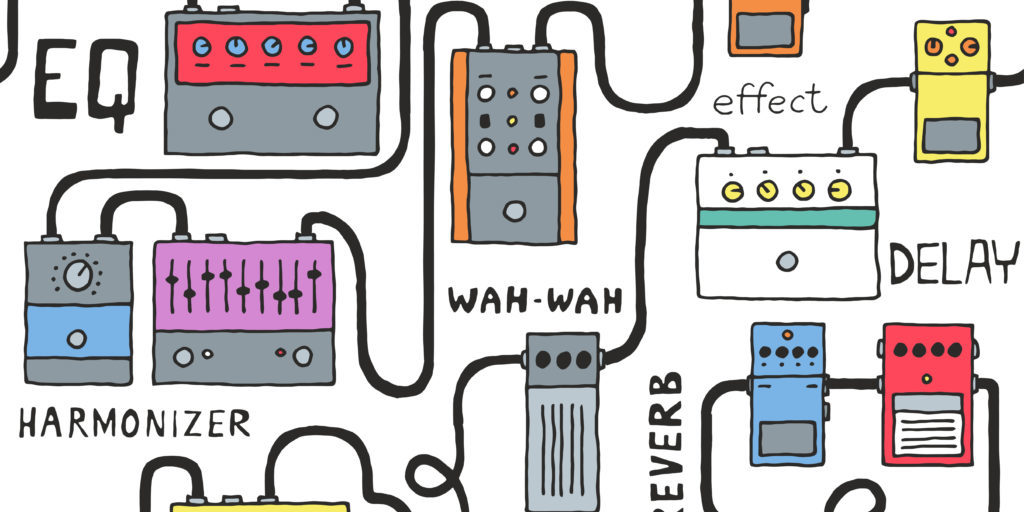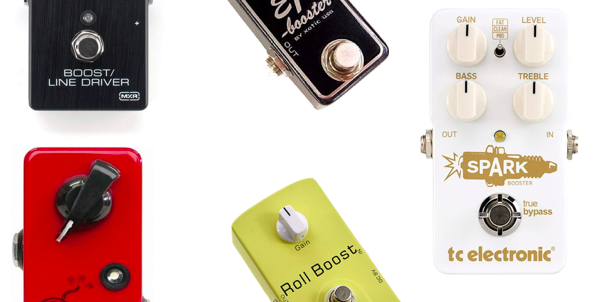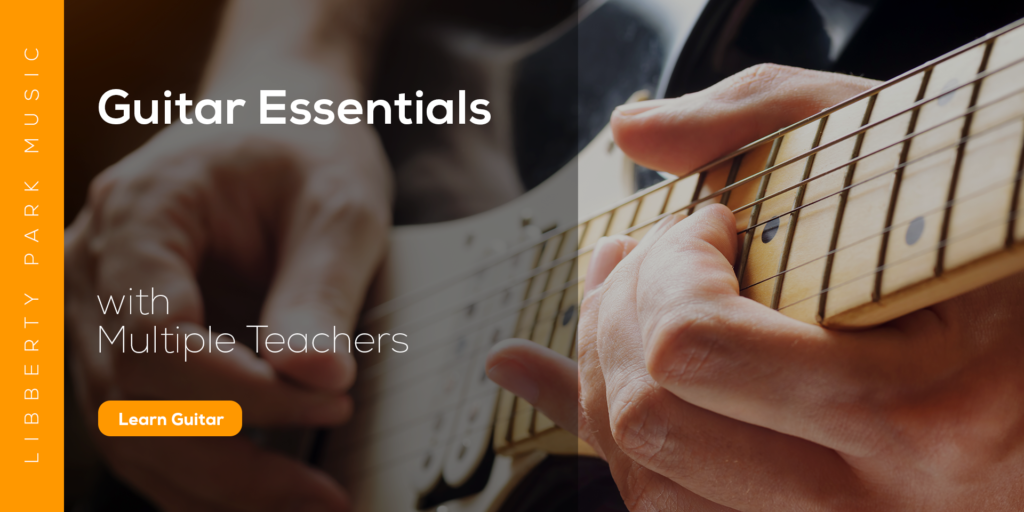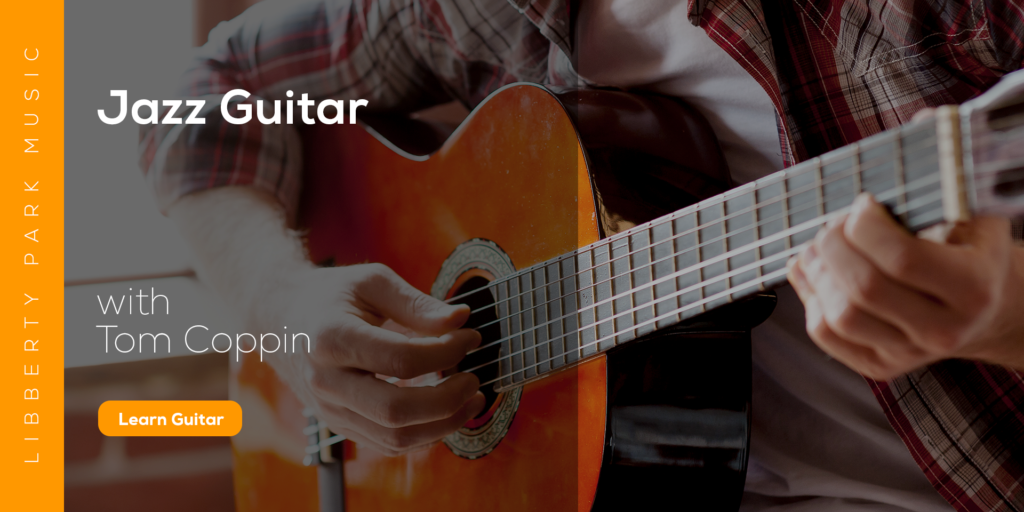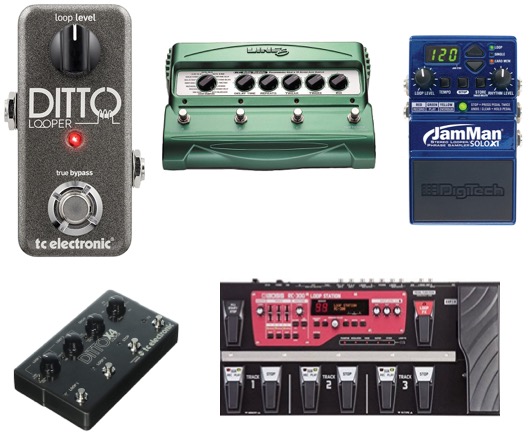
Looper pedals are some of the best tools or effects pedals available for guitarists as they can play many different roles. The most obvious use is to record and loop musical ideas. You can then record as many overdubs as you want over that original loop, resulting in complex and lush musical soundscapes.
Using a looper pedal in this manner has helped many songwriters hash out their musical ideas before committing them to tape. Another way you can use a looper pedal is as a practice tool. While it’s always great to be able to play with other musicians, sometimes that may just not be possible.
Here’s where the looper pedal can fill in for the other musicians while teaching you a valuable lesson about playing with a band: how to stay in time with others. Of course, learning how to play in time can be accomplished with a metronome too, but how many of us really enjoy the sound of a constantly-clicking metronome?
One final example of how a looper can be used is for performances. The most notable performer that regularly uses a looper pedal for performances is Ed Sheeran. Normally, he begins by looping an initial beat, then he loops a riff or chord progression over the beat, then he begins his performance. Here are a few examples of performers incorporating looper pedals in their performances:
- Dub FX looping his voice for his street performance
- A street performer looping his violin
- Ed Sheeran performing his mega hit “Shape Of You” with a looper
As you can see, perfecting the use of a looper can produce very impressive results. However, before you rush out to buy a looper pedal, you should know that loopers come with different kinds of forms and functions. To help you pick the best looper pedal for your uses, here are some of the most popular looper pedals across different price ranges and with different features.
1. TC Electronic Ditto
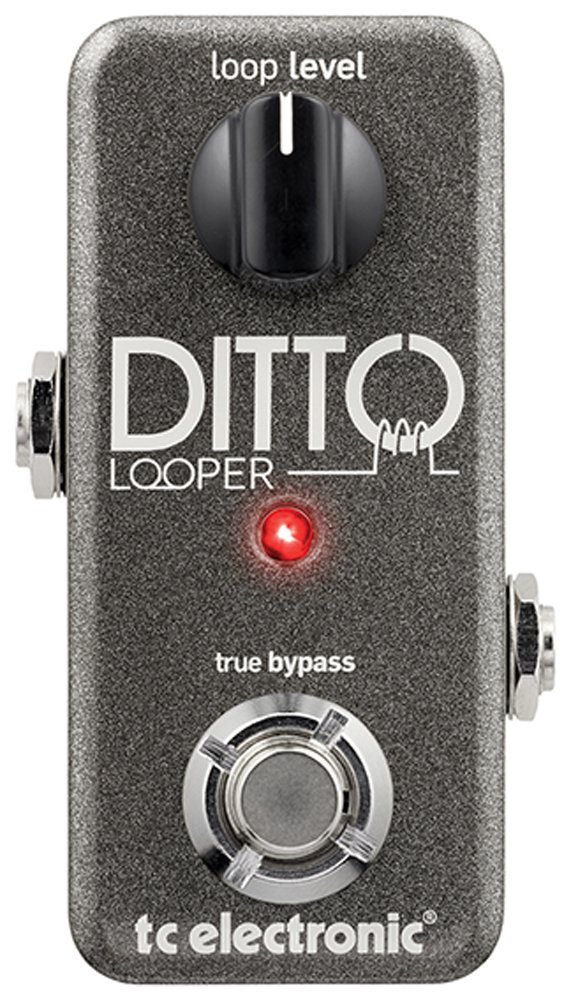
Brand New: $99
Used: $60 - $70
The original TC Electronic Ditto was first introduced as a micro-sized looper pedal that is very easy to use, and doesn’t take up much space on your pedal board. The face of the pedal only sports a single knob that controls the output level of your loop--recording, overdubbing, and erasing loops is all done using the lone footswitch. In terms of loopers, it really doesn’t get any easier than this. On top of that, this pedal comes at a pretty affordable price point too, which makes it a great choice for those of you who are either just getting into looper pedals, or only want to use your looper as a practice tool. However, regardless of the more affordable price point, the construction and quality of this pedal is very good, which has become expected from TC Electronic.
This tiny pedal can record up to five minutes of uncompressed 24-bit audio, which is probably more than most people will ever need. Additionally, the pedal also features true bypass to avoid affecting your original clean tone, and it also features an analog dry-through signal path that keeps your dry, unlooped, guitar tone unaffected. What this means is, with the analog dry-through signal path, the looper can be playing back a recorded loop (which will be affected by the pedal’s internal components), but the lines or ideas that you play over that won’t be affected by the pedal’s components. This is to maintain tonal integrity that some people find very important.
This pedal can be powered using a 9v power adapter, but not a 9v battery due to its small size.
If a single knob, micro-sized loop pedal isn’t what you’re looking for, but you really like the construction quality of TC Electronic pedals, there are bigger versions of the Ditto looper. There is a Ditto X2 that has stereo inputs and outputs, and it gives you the option of adding on effects like reversing the loop or playing it back at ½ speed. The Ditto X2 also gives you the option of storing your loops in the pedal, which can then be transferred to your computer via a USB cable. Another version of the Ditto that’s even larger and more feature-packed is the Ditto X4, and since it does way more than both the original Ditto and Ditto X2, let’s check it out as the next pedal on our list.
Buy here
2. TC Electronic Ditto X4
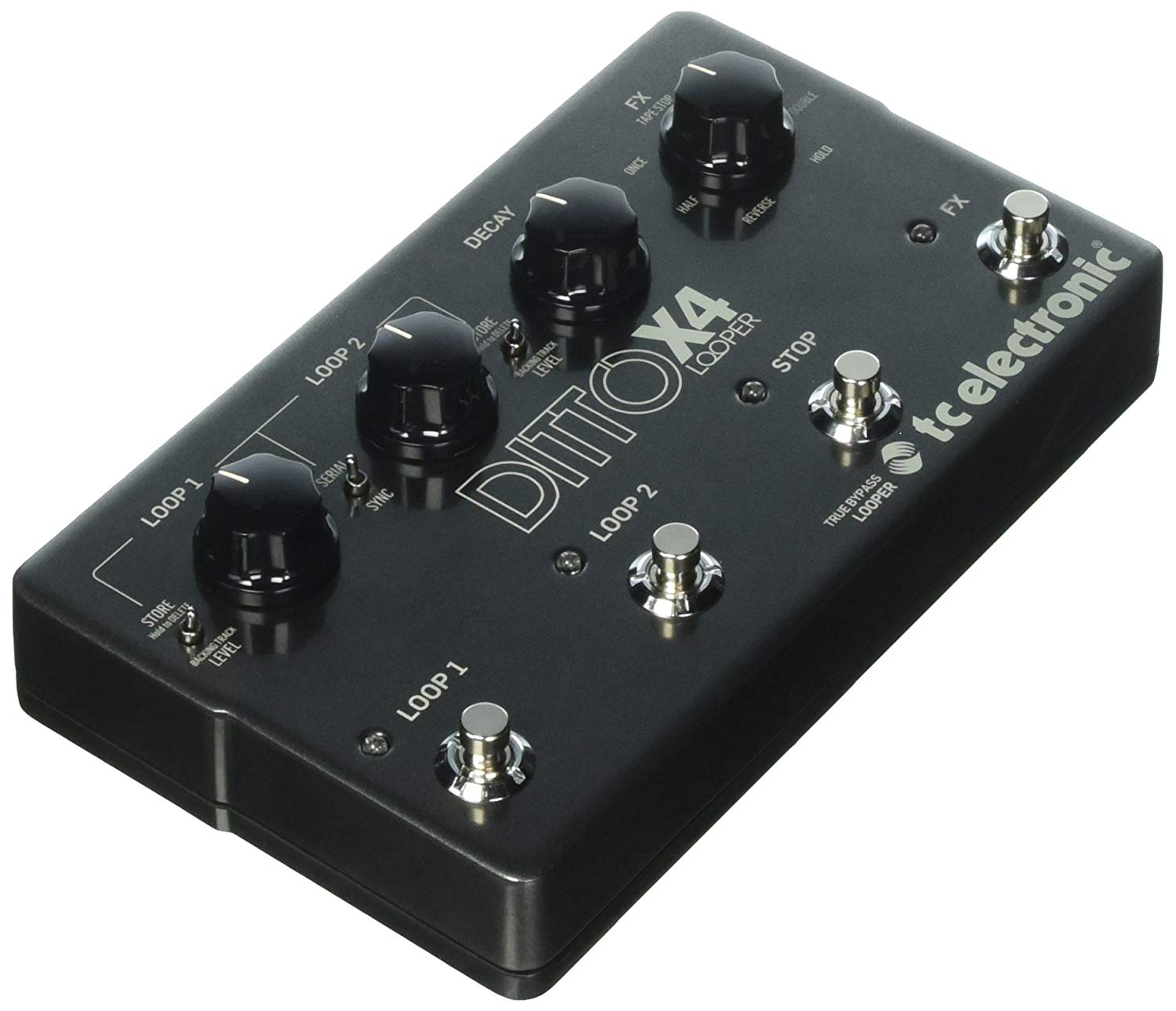
Brand New: $219
Used: $155 - $180
The first thing you’ll notice is that the Ditto X4 is almost three times the price of the original Ditto, and it’s also about six times as big. However, while the Ditto can be considered a “beginner” looper pedal, it’s safe to say that the Ditto X4 is an advanced looper pedal that will be perfect for those of you who plan to use it for solo and band performances, or some serious songwriting sessions.
One of the main features of the Ditto X4 is that it can be thought of as two looper pedals put into one casing. If you check out the image of the looper, you will see that the first two foot-switches and knobs are for controlling loop 1 and loop 2. What this means is, both loop 1 and loop 2 are individual loopers capable of recording 24-bit uncompressed audio up to five minutes long, and with an infinite number of overdubs. One cool way you can use this feature is to build your rhythmic ideas on one loop, and your melodic ideas on another. You can also play around with turning off all your melodic ideas while keeping your rhythmic ideas going, or vice versa. This is only one example of how you can use two separate loops, but trust me, you can use them in an infinite number of creative ways. You can also run these two loops as separate loops, or sync them so that they both run for the same amount of time.
Due to the larger casing size, TC Electronic has also been able to fit a dedicated stop footswitch which is especially useful for live performances. There is also a footswitch and knob that allows you to select between seven different effects that include reverse, ½ speed, double speed, and fade.
Like the Ditto X2, stereo inputs and outputs are provided, and all your loops created on the Ditto X4 can be stored in the pedal then transferred to your computer via USB cable. Additionally, this pedal also has MIDI inputs and outputs that will allow you to access features like MIDI tempo sync. Connecting this pedal to a metronome with MIDI outputs will lock your loops in sync with the tempo set on the metronome, resulting in perfectly timed loops. This may not sound like a big deal if you’re performing on your own, but if you plan to use loops in a band setting, this is extremely helpful as you’ll be able to sync your looper to the band’s click track.
Like the Ditto, this pedal comes with true bypass and an analog dry-through signal path. The pedal can be powered with a 9v power adapter that is included in the box, but there isn’t an option of powering the pedal with a 9v battery.
Buy here
3. Line 6 DL4
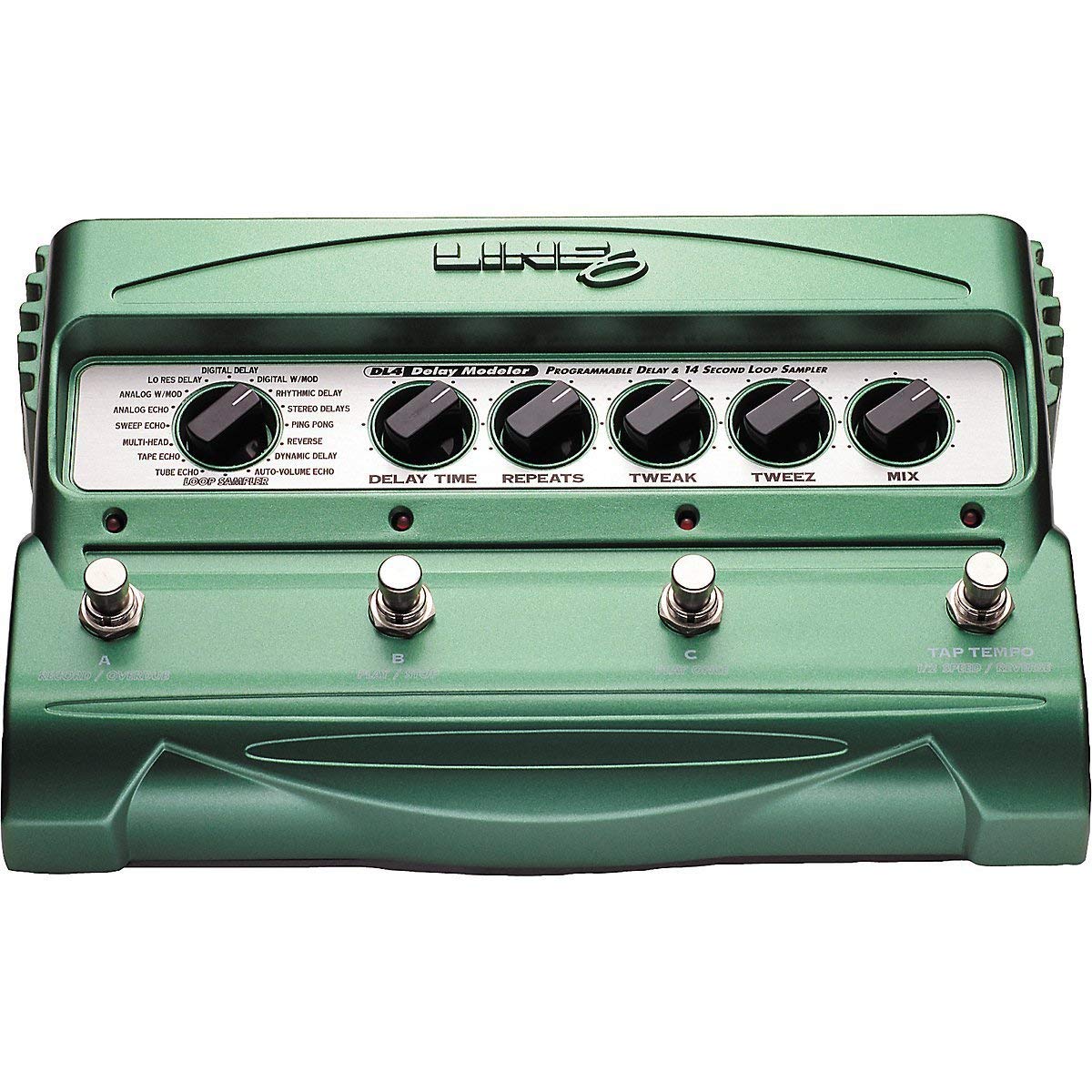
Brand New: $249.99
Used: $115 - $155
While many of us can appreciate the usefulness of a looper pedal, often times it’s hard to justify getting a dedicated looper, especially if we’re only planning on using it for practice. Fortunately for us, there are many delay pedals out there with an additional looper feature, and the legendary Line 6 DL4 (released in 1999) was the first to provide this feature.
At its core, the Line 6 DL4 is a delay modeler that offers 15 delays:
- Tube Echo
- Tape Echo
- Multi-Head
- Sweep Echo
- Analog Echo
- Analog w/Mod
- Lo Res Delay
- Digital Delay
- Digital w/Mod
- Rhythmic Delays
- Stereo Delays
- Ping Pong
- Reverse
- Dynamic Delay
- Auto-Volume Echo
These great sounding delays already justify the cost of the pedal, which explains why it is still used by pros across the world. However, other than being a delay pedal, the DL4 also features a 14-second looper. Of course, 14 seconds isn’t very long, and you’ll probably only be able to record short phrases. However, the DL4 does provide the ability to play the loop at ½ time or in reverse. Additionally, you can also use the Tweak and Tweez knobs to modulate your loop in different ways. Using the looper is simple enough as there are dedicated record/overdub, play/stop, and “play once” buttons.
I won’t get into too much detail about how the pedal works (as a delay pedal) as this article is focusing more on the looper functions of a pedal, but if you’re interested in my top picks for delay pedals, feel free to check out our article on that topic!
This pedal features true bypass, and it can be powered with a 9v battery or power adapter.
Buy here
Learn with LPM
If you are looking to feel comfortable with playing basic major and minor chords, power chords, and apply different strumming techniques to your practices with Ze, check out his course called Rhythm Guitar
4. DigiTech JamMan Stereo
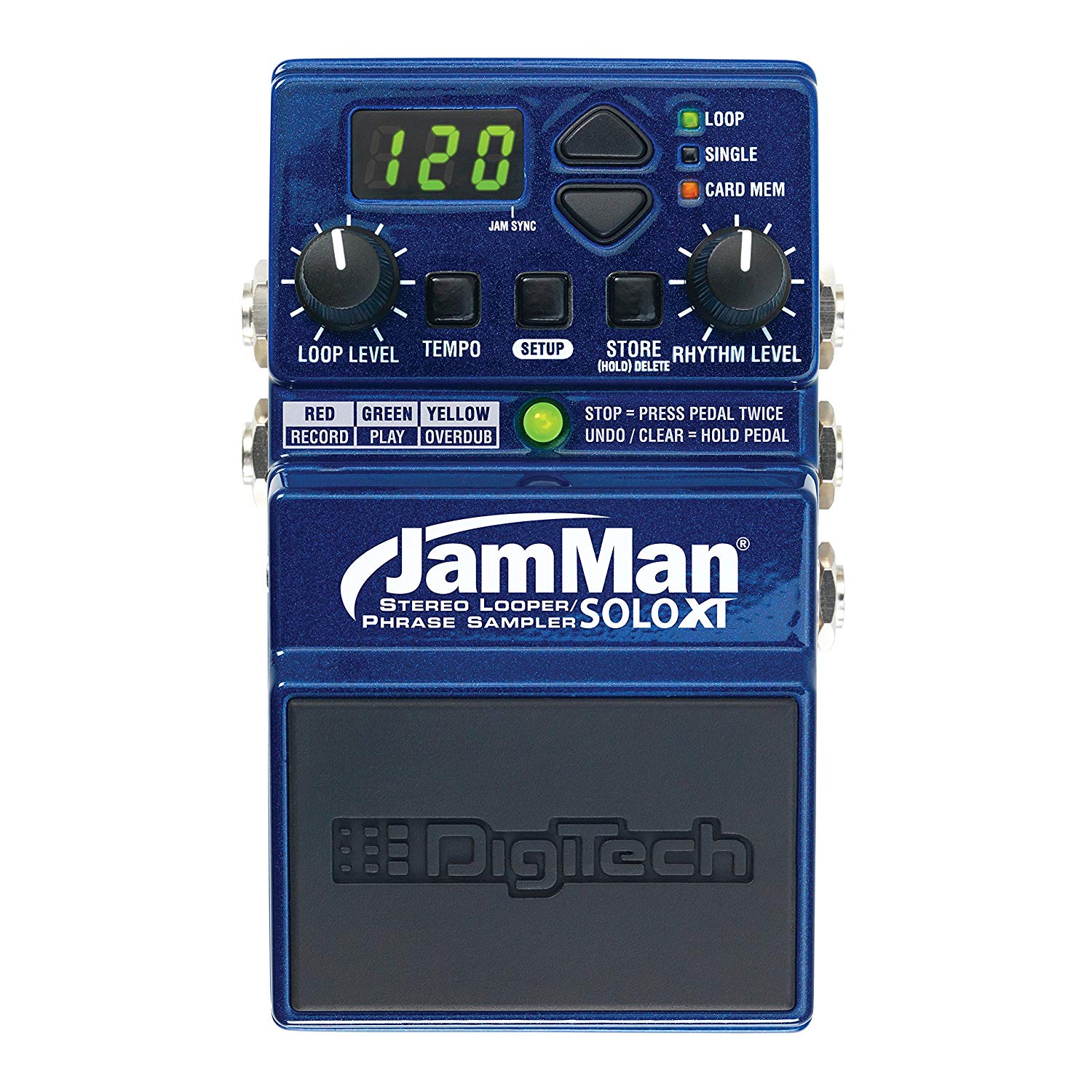
Brand New: $250
Used: $120 - $160
We’ve so far only gone through looper pedals that are specifically built for instruments, but what if you’re planning on combining your guitar loops with vocal loops? Here’s where the DigiTech JamMan Stereo comes in with its additional balanced microphone input. With the additional microphone input, you will be able to loop beatboxing sounds or vocal melodies that will add a new texture to your guitar loops.
The JamMan Stereo is capable of recording up to 35 minutes of stereo loops which can be stored internally across 99 banks. This can come in really handy for performers who don’t want to keep building up their loops from scratch every time they’re performing. If for some reason you find 35 minutes to be insufficient, the JamMan Stereo has a SDHC card slot that will allow you to store up to 16 hours of loops across another 99 additional banks. That’s a lot of loops!
Of course, you can download or upload your loops to and from your computer via a USB cable, and there is a loop librarian software that will help you organize your loops for easy access during performances. One other really cool feature with the JamMan is the built-in time-stretch ability. Time-stretch allows you to speed up or slow down your loops without changing the pitch of the loop, which can come in handy during practice sessions.
Speaking of practice sessions, there is a built-in metronome with multiple drum sounds across different time signatures that can be a really helpful tool for practicing. The drum sounds also have their own output on the back of the device, so the speaker of your guitar amp won’t get damaged by the loud rhythmic beats.
Besides the stereo in/outs and rhythm outputs on the back of the pedal, there is an AUX input on the back of the device that will allow you to record audio from an mp3 or CD player, and there’s also an input for an additional footswitch if you ever find the four built-in footswitches to be insufficient.
The pedal has a rugged and durable construction, and it can be powered with a 9v power supply that comes included in the box. Unfortunately, this pedal does not feature true bypass.
Buy here
5. Boss RC-300 Loop Station
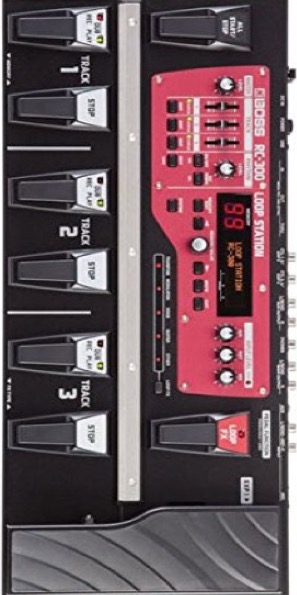
Brand New: $549.99
Used: $335 - $410
For a long time, the Boss RC-300 Loop Station has been known as the mother of all loopers thanks to its large number of features, ease of use, and generous loop time. You can record up to three hours of stereo loops internally, which is longer than all of the previous pedals’ recording times combined. All of these loops can be stored across 99 internal banks, or you can always offload them onto your computer via a USB cable.
One of the main reasons why you’d get this device is the ability to record up to three simultaneous stereo loops. Each loop has its own set of switches and pedals to control the playback, recording, effects, and volume. There is also a three channel mixer that can help you blend the volume of your three loops to perfection. Having three separate loops can be great for performances where you’d like to have certain sections of a song be busier than others. For example, you could have only one loop going during a verse section, two loops for a chorus section, and all three loops going for the final chorus.
Besides having three separate stereo loops, there are 17 loop effects that you can apply to individual loops, or to the master output channel. The effects include favorites like a phaser, flanger, tremolo, and there’s even a polyphonic transpose effect that will allow you to harmonize your vocal or guitar lines. The effects are categorized as guitar, bass, or vocal effects. Speaking of vocals, besides having a balanced microphone input, the RC-300 can also provide phantom power to your microphones that may need it (like condenser microphones).
For those of you who are new to loopers, one of the common problems you will have is not being able to play in time, resulting in loops that don’t loop perfectly. One of the ways this can be overcome with the RC-300 is the drum machine provided onboard. Like the DigiTech JamMan Stereo, these are drum tracks that come in different time signatures and can be adjusted to different tempos to help keep you in time. Another way the RC-300 tries to keep you in time is through the auto-quantize function. This function adjusts your recorded loops and shifts them automatically so that they fall perfectly in time with the metronome. Of course, as with anything kind of editing done automatically, your results may vary depending on how good or bad your timing is. It is also possible to sync your tempo to an external MIDI device thanks to the MIDI inputs and outputs found of the back of the RC-300.
As if there aren’t enough features already, Boss also decided to throw in an expression pedal on the RC-300 that can be used to control your effects or loops in different, programmable ways. If you somehow find that having one expression pedal is insufficient, you can also connect additional expression pedals to the unit.
All these features come packed in Boss’ typical rugged, road ready enclosure that will definitely stand the test of time. A device like this is perfect for performers who use loops a lot, and who need as much control over individual loops as possible. However, do realize that since it comes with so many features, it has to come in a rather large housing. In fact, it’s about the size of a pedalboard. This is definitely not for those of you who are just curious about playing with loops.
This device doesn’t come with true bypass, but instead comes with a buffered bypass that is found in all Boss devices. A buffered bypass may alter your tone a bit, but Boss has ensured that this is kept to a minimum. The device can be powered using the included 9v adapter, and while you should be able to use any 9v adapter with the right specifications to power the RC-300, Boss highly encourages you to use their adapter to avoid any complications.
Buy here
That’s all for this list of looper pedals. There are many other loopers out there with similar forms and functions, but I feel like this list provides a nice variety of different loopers across different price points and features. Is there a looper that you feel MUST be on this list? Feel free to let us know in the comments section!
About the Author: Ze
Ze first began his journey playing original music and top 40s pop tunes around the country's popular venues. Eventually, through the music of John Mayer, he found a strong attraction to blues music. Ze has years of experience teaching beginners and intermediate guitarists. Currently with Liberty Park Music he is teaching Introduction to Guitar Playing for Complete Beginners, Rhythm Guitar to learn about strumming, chords and more, Guitar Essentials as a fast-track review course, and lots of Song Lessons on pop and rock hits.


